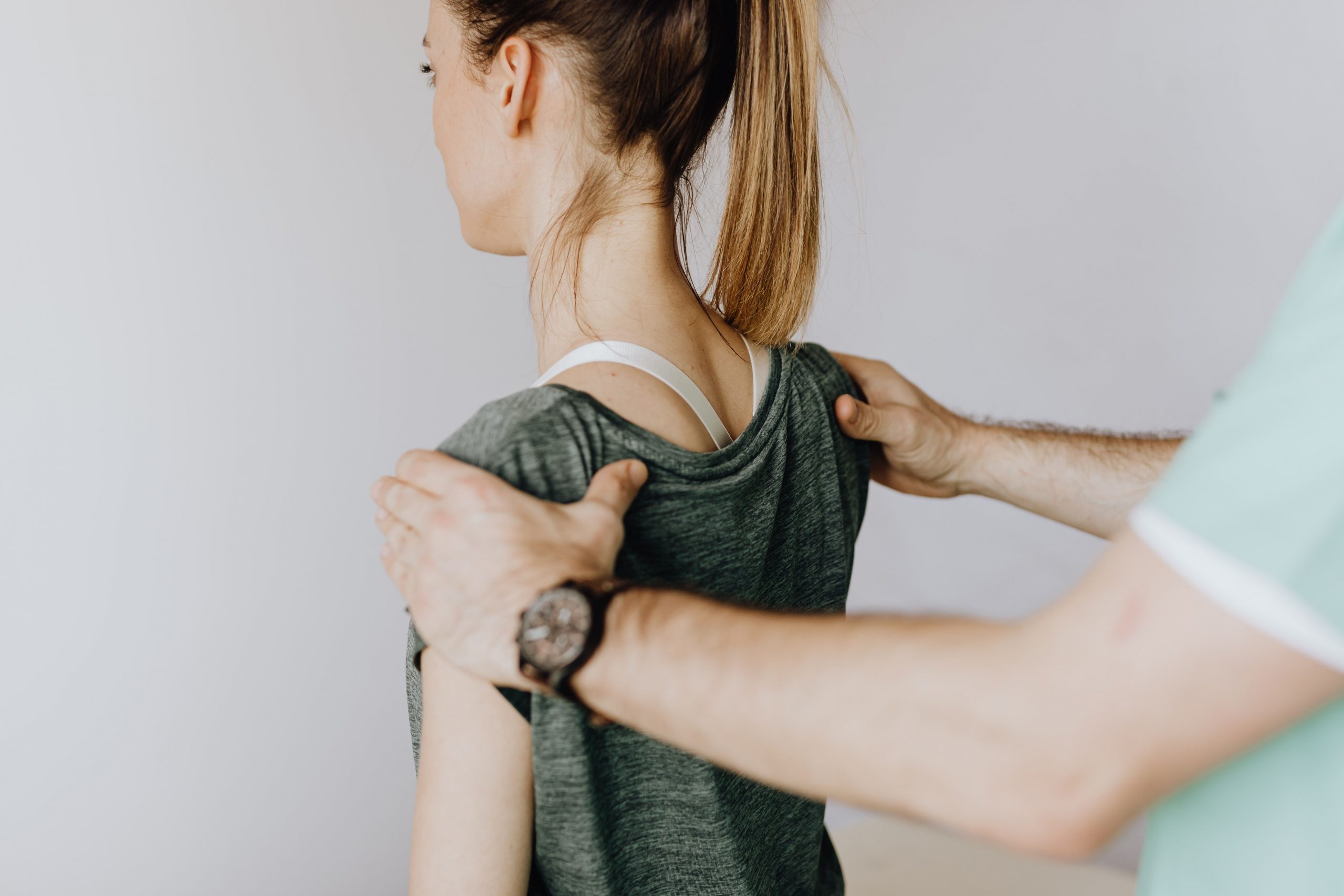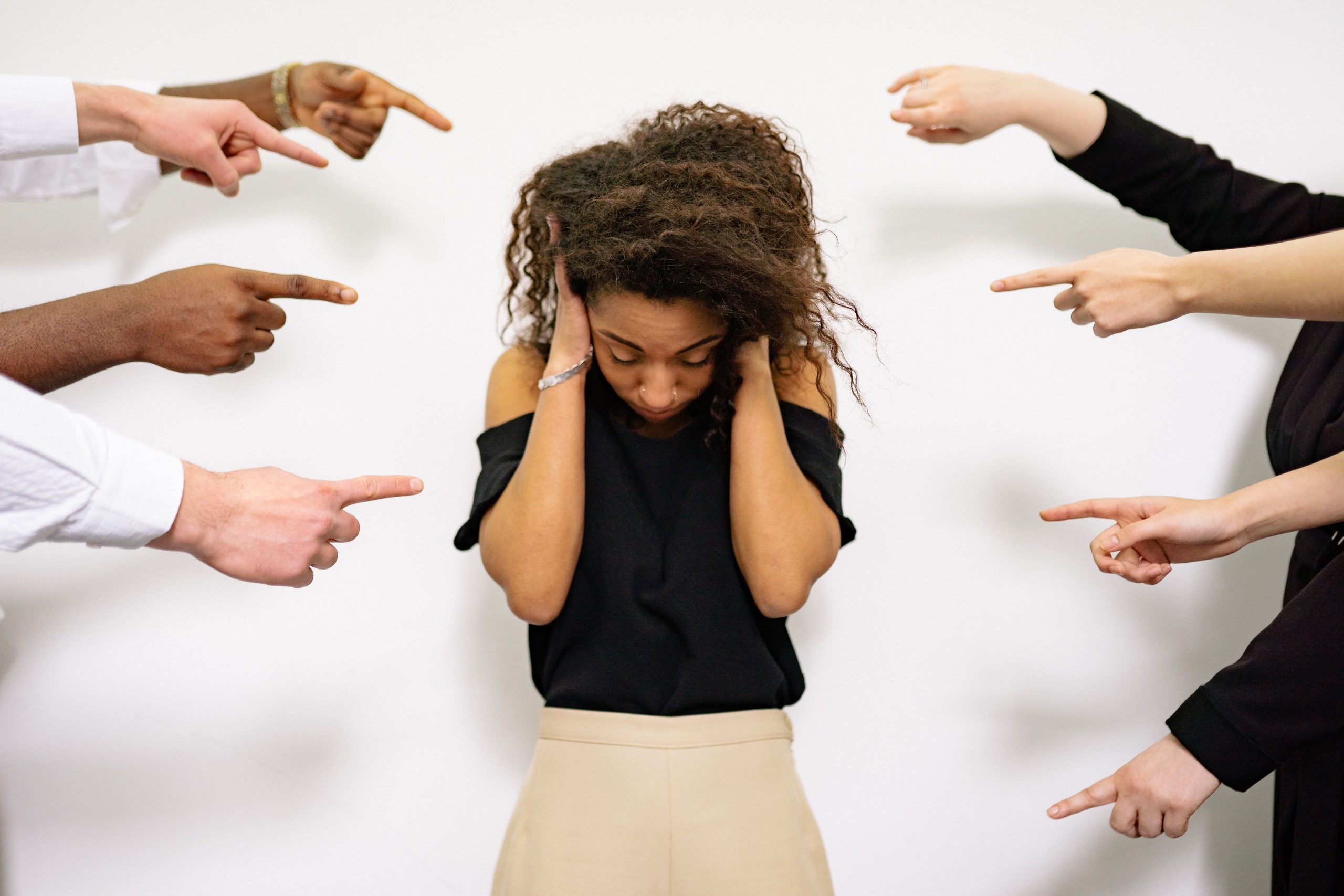Interview ofKevin Nadin, Osteopath in Monaco
Back pain affects 9 out of 10 French people according to an Opinionway study. Among those affected, 38% say they have suffered from it more than 10 times in the past five years. Poor posture, stress and diet are often the cause of this pain. Many of them take medications such as anti-inflammatories, but the effectiveness does not last over time and can cause side effects. Many are looking for natural techniques that have demonstrated their benefits: osteopathy and food supplements.
What is Osteopathy ?
It is a manual practice that restores mobility in different structures of the body: it treats the musculoskeletal. This mobility can be affected by dysfunctions such as poor posture, which will have repercussions in other parts of the body. The osteopath will help relieve the pain felt and prevent recurrences. Its field of action is divided into plans: bone, muscle, vascular, neurological and hormonal. It reduces the tension on the organs.
It requires specific skills and a perfect knowledge of the human body. Osteopathy plays a vital role in the prevention and reduction of back problems, which represent the second reason for consultation among general practitioners in France.
Osteopathy requires 5 years of study, with a 6th year of optional specialty. It is regulated by the Ministry of Health. Part of our courses are given by general practitioners, or sports doctors (Dr Michel GAILLOT, former doctor at the Olympique de Marseille football club), and surgeons. Some anatomy courses in my case were delivered by Patrick Baquet, Professor of Medicine and Dean of the Faculty of Medicine of Nice.
The osteopathic seminars and continuing education provided at the CHPG in Monaco also allow you to continue to learn and keep up to date with the latest developments in the various medical specialties.
-
What types of patients come to see you?
- I encounter a wide range of ages in my office, from a few weeks to my 93-year-old oldest. Babies are usually referred by obstetricians or pediatricians when the child has congenital torticollis or digestive disorders such as constipation. The manipulations can relieve them.
- At the other end, the third age most often suffers from osteoarthritis or rheumatism. They sometimes combine 7 to 10 different drugs with sometimes interactions between them. They seek to reduce their heavy medications and turn to natural solutions such as Osteopathy and food supplements.


I also have athletes who practice combat sports, such as boxing and MMA. I regularly take care of certain high-level athletes, because in water polo or swimming (for example), they do not necessarily have full-time medical supervision. I follow a cyclist who finished 25th in the Tour de France. When he returns home to Monaco, he comes to consult me.
They manifest themselves in different forms of tension or joint blockages in the lumbar, vertebrae or cervical. They can occur as a result of a dysfunction in other areas of the body (intestinal, pelvis, knee, etc.). Different parts of the back can cause pain: intervertebral discs, joints, muscles, ligaments or nerves.
Osteopathy will help relieve neck pain, back pain or lumbago.
Cervical pain is localized inflammation in the neck and nape of the neck. They appear mainly in people who work daily on computers or as a result of a false movement. They are expressed in the form of stiffness, headaches or migraines that limit the mobility of the head. It is very often stress that generates this type of pain, because it is an emotional state that is somatized by the body.
Back pain is pain that manifests as a stitch in the thoracic region, between the base of the neck and the waist. Bad posture, shock, trauma or inflammation can be the cause. But, they frequently correspond to projected pains of internal organs which are reflected in the back.
Low back pain is intense pain localized in the lower back at the level of the lumbar vertebrae, but also between the sacrum and the coccyx. It can be due to poor posture, a sprain, being overweight, or growth pathologies.
Low back pain is responsible for one out of five work stoppages. It costs the “occupational risks” branch of health insurance nearly 1 billion euros. Osteopathy plays a vital role in the prevention and reduction of back problems. You should not wait until you are unable to move to visit your osteopath. Many of my patients consult regularly preventively, in order to avoid injury. If someone comes to see me in an acute crisis, several sessions are necessary to put them back on their feet.


How to prevent back pain?
I usually give exercises to do to prolong the effects of osteopathy sessions. Among them, there are stretches that help maintain back mobility, provide lasting relief and help release muscle tension.
The pain can be due to trauma, but also to repeated gestures, stress or poor lifestyle. It is important to remedy this by implementing solutions to break these habits: change posture at the desk for example, by adjusting the position of the screen, or the chair, etc.
Sleep time and nutrition have a lot to do with it. It is essential to stay hydrated: of course, we adapt according to physical activity and age. But drinking water is essential: it is not enough to add more ice cubes to your rosé! Supplementation with food supplements is also very useful for managing pain (uridine, B vitamins), muscle relaxation (magnesium), and in normalizing stress and sleep (melatonin).
Most people are sedentary: they do little physical exercise, which is a mistake. Life is movement. You don't have to be high intensity, but regular activity is key. It is recommended to stimulate the whole body.
To improve posture, I recommend performing movements to strengthen the abdominal strap, but also the back. This reinforcement can be supplemented with breathing exercises to allow more mobility of the diaphragm and perfect relaxation.
I adapt mu practice, of course, to each patient and I take into account their history and lifestyle, in order to propose feasible solutions.
It has a psychological impact, but also a physiological one. We act on the diaphragm, a muscle directly related to stress and anxiety. It is a kind of parachute separating the rib cage from the belly. It is implanted on the lower circumference of the thorax, below the lungs. It is the main muscle of breathing thanks to the contraction and expansion it causes. If it is very tense, the breath becomes jerky, causing multiple pains. It is therefore essential to stretch it regularly.
I also use cold through cryotherapy. This stimulates the production of endorphins and collagen and calms the physical stress of the body.
I suggest in parallel to monitor his nutrition Food supplements (probiotics, vitamins, minerals, saffron) have a role to play, because the body cannot manufacture an indefinite quantity of all the needs.




I follow mainly amateur sportsmen, or semi-professionals. They are also looking for recommendations in micronutrition and recovery exercises. I suggest that they readjust the intensity of their training and I suggest muscle groups to work on depending on the case. Each sport causes imbalances that must be compensated for, such as tennis or golf.
For professionals, when they return to Monaco, I often work directly with their coach. They have a real agenda and team deadlines, but they are aware that they have to spare their athlete.
Warming up and stretching are essential steps that should not be overlooked. Pay attention to the timing: the effort creates micro-lesions in the muscles, so it is recommended to stretch during a dedicated session. We must prepare the body for physical exercise, and gradually stimulate the fibers. It is also necessary to hydrate according to the duration of the training, and to adapt its water intake.
Also, rest times are just as important as training. They are to be respected in a program for amateurs and professionals. They must be at least 1 day per week for the pros, up to 2 or 3 days for the amateurs, obviously to be modulated according to the objectives and the physical form of the patient.
For nutritional support, rely on food supplements manufactured to the highest quality standards, containing active ingredients carefully selected according to progress in Neuroscience and Nutrineural® science. Before choosing, also check the excipients, the absence of preservatives, gluten, nanoparticles; prefer vegetable capsules and non-animal active ingredients…
Yunova Pharma based on Nutrineural® science has developed: Perinerve, which is particularly suitable for normal functioning of peripheral nerves and Lumbaplex, which is particularly suitable for regaining normal neuro-muscular functioning, muscle relaxation and maintenance of bone structures.








